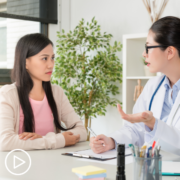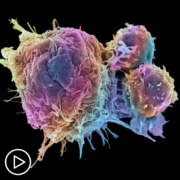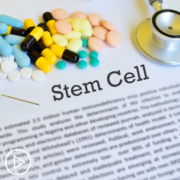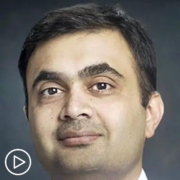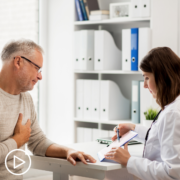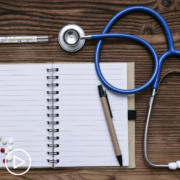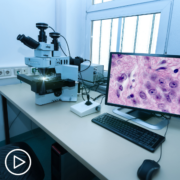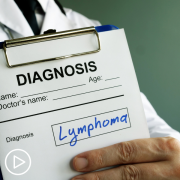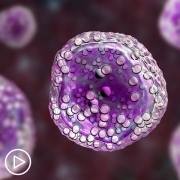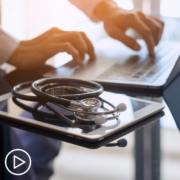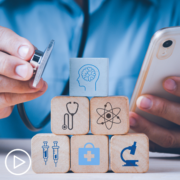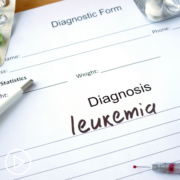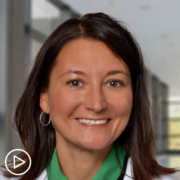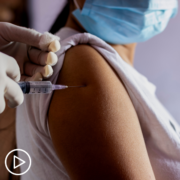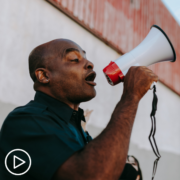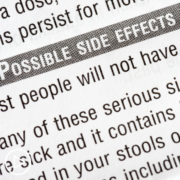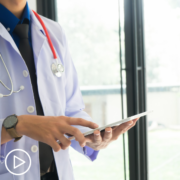Follicular Lymphoma Disease Transformation and Secondary Cancer Risk
Follicular Lymphoma Disease Transformation and Secondary Cancer Risk from Patient Empowerment Network on Vimeo.
Follicular lymphoma disease transformation and second cancer are risks, but how commonly do they occur? Expert Dr. Sameh Gaballa explains the incidence rate of disease transformation, symptoms and common treatment of aggressive disease, and risks for second malignancies.
Dr. Sameh Gaballa is a hematologist/oncologist specializing in treating lymphoid malignancies from Moffitt Cancer Center. Learn more about Dr. Gaballa.
See More from START HERE Follicular Lymphoma
Related Resources:
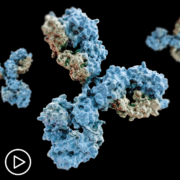
Relapsed/Refractory Follicular Lymphoma Treatments and Bispecific Antibodies |

|

|
Transcript:
Lisa Hatfield:
Is it common for follicular lymphoma to transform into a more aggressive type of lymphoma? And how would that change a treatment plan? And maybe how common is it for that to happen?
Dr. Sameh Gaballa:
There’s about a 2 to 3 percent chance per year that the slow-growing lymphoma can transform to an aggressive lymphoma. That, if it does transform, I mean we talked about the symptoms and signs, you get sick quickly, rapidly enlarging lymph nodes, loss of weight, loss of appetite, drenching night sweats. No, a transformation, typically we would do a PET scan, see what’s the most active lymph node, try to get a biopsy from that and confirm there is a large cell transformation.
Now, that’s a completely different disease, it needs to be treated completely differently, typically with chemoimmunotherapy. Something like R-CHOP, for example, is one of the most common regimens we use in this scenario. And the goal of treatment here is to try to get rid of the aggressive lymphoma component here so that it does not recur again. I mentioned it’s about a 2 to 3 percent per year, but it depends on how long the patient lives. So if they live many, many, many decades, their lifetime risk is anywhere between 20 to 30 percent max during their lifetime.
Lisa Hatfield:
And as a blood cancer patient myself, this is a great question this patient is asking, “Is there a risk of secondary cancers after receiving treatment for follicular lymphoma?”
Dr. Sameh Gaballa:
So that’s always a concern, and it depends on what treatment they had. So chemotherapy that can potentially damage DNA can lead to second malignancies, including things like acute leukemia. Luckily, that’s not a high risk. That’s a rare side effect from some of those chemotherapies. Some of the pills can do that as well. Something like lenalidomide (Revlimid) can sometimes have second malignancies. But we’re talking about rare incidences, and the benefits usually would outweigh the risks. But it’s not with all treatments, meaning some of the other immune therapies that do not involve chemotherapy would not typically be associated with some of those second malignancies. So it just really depends on what exactly the treatment you’re getting.

